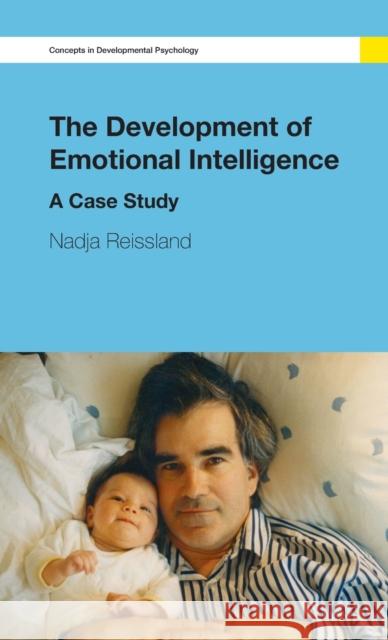The Development of Emotional Intelligence: A Case Study » książka
The Development of Emotional Intelligence: A Case Study
ISBN-13: 9780415359511 / Angielski / Twarda / 2012 / 184 str.
The Development of Emotional Intelligence: A Case Study
ISBN-13: 9780415359511 / Angielski / Twarda / 2012 / 184 str.
(netto: 668,09 VAT: 5%)
Najniższa cena z 30 dni: 654,86
ok. 22 dni roboczych
Dostawa w 2026 r.
Darmowa dostawa!
How do children learn about the expression and meaning of emotions - both happy and sad? This book answers questions regarding the foundation of emotional intelligence, and examines how children become emotionally literate as they are socialised into their family environment from birth to 2 years of age. These early stages are vitally important in teaching children to understand themselves and others, as well as how to relate to people, and how to adapt to and cope with their immediate surroundings. In order to examine the development of emotional intelligence, the author presents an overview of the literature on the subject and in the second part of the book presents a case study in which the concepts introduced in the first part of the book are revisited. Based on daily tape-recorded 'conversations' between a baby and her father, the data demonstrate how, over a two-year period, the child learns to express and understand emotions within social interactions. This capacity to reason with emotions is examined through four areas: perceiving emotion, integrating emotion, understanding emotion and managing emotion. The Development of Emotional Intelligence adds a new perspective to the theoretical debate on emotions and how they develop. It will be of great interest to psychologists and any professionals dealing with families. It will also be helpful reading for parents.
How do children learn about the expression and meaning of emotions- both happy and sad? This book will answer questions on the foundation of emotional intelligence and examine how children become emotionally literate as they are socialised into their family environment from birth to 2 years of age. These early stages are vitally important in teaching children to understand themselves and others, as well as how to relate to people, and how to adapt to and cope with their immediate surroundings.
In order to examine the development of emotional intelligence the authors present a case study of the first use and development of "emotion words" from both the baby's and the parent's point of view. The data, based on daily tape-recorded "conversations" between a baby daughter and her father, demonstrates how over a two-year period a child learns to express and understand emotions in social interaction. This capacity to reason with emotion will be examined through four areas: perceiving emotion, integrating emotion, understanding emotion and managing emotion.
The Development of Emotional Intelligence adds a new perspective to the theoretical debate on emotions and how they develop. It will be of great interest to psychologists and any professionals dealing with families. It will also be helpful reading for parents.











